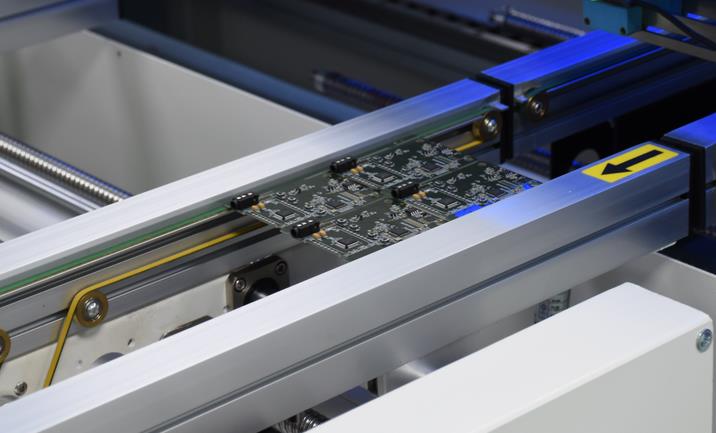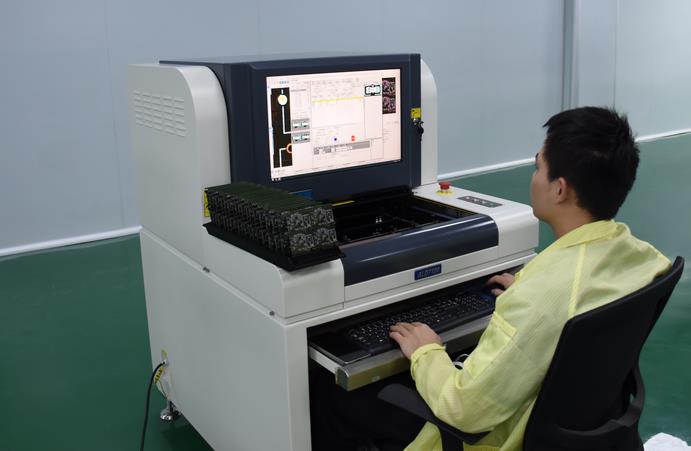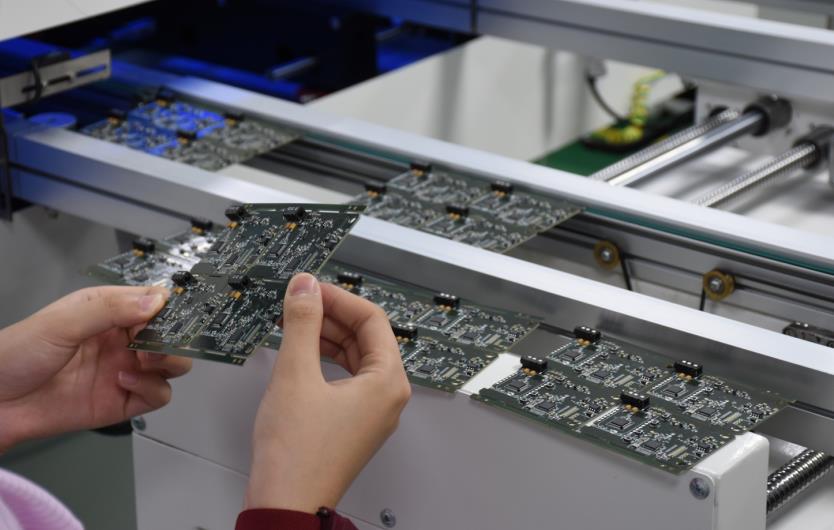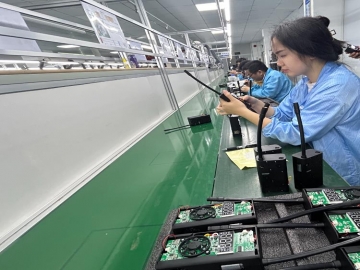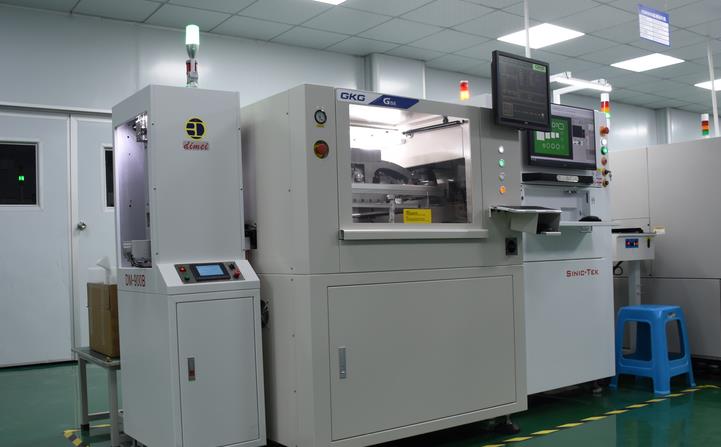SMD vs SMT: Understanding the Key Differences in Electronics Assembly
In the world of electronics manufacturing, two terms often come up in the context of assembling components onto a PCB (Printed Circuit Board): SMD (Surface-Mounted Device) and SMT (Surface-Mount Technology). While they are closely related, they refer to different aspects of the assembly process. Understanding the distinction between the two is crucial for manufacturers and engineers in optimizing the production process and ensuring high-quality final products.
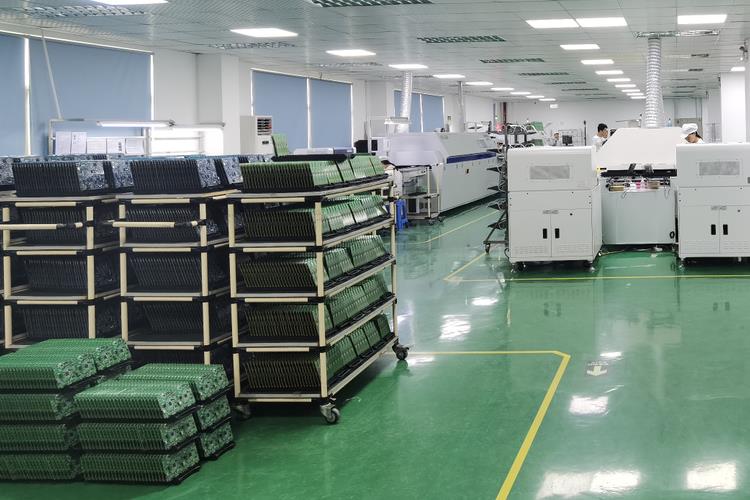
What is SMD?
SMD stands for Surface-Mounted Device. These are electronic components that are designed to be mounted directly onto the surface of a PCB, rather than being inserted through holes (as in the case of traditional through-hole components). SMDs come in a variety of forms, including resistors, capacitors, diodes, and integrated circuits (ICs). Their compact design allows for smaller and more efficient electronic devices.
Advantages of SMD:
· Space-Saving: SMDs are smaller and lighter than their through-hole counterparts, allowing for more components to fit on a smaller PCB.
· Higher Performance: Due to their small size, SMDs can be designed to handle high frequencies and higher power, making them ideal for modern, compact electronic devices.
· Cost-Effective: The smaller size of SMD components leads to reduced material costs and more efficient use of space on the PCB, making the overall assembly process more cost-effective.
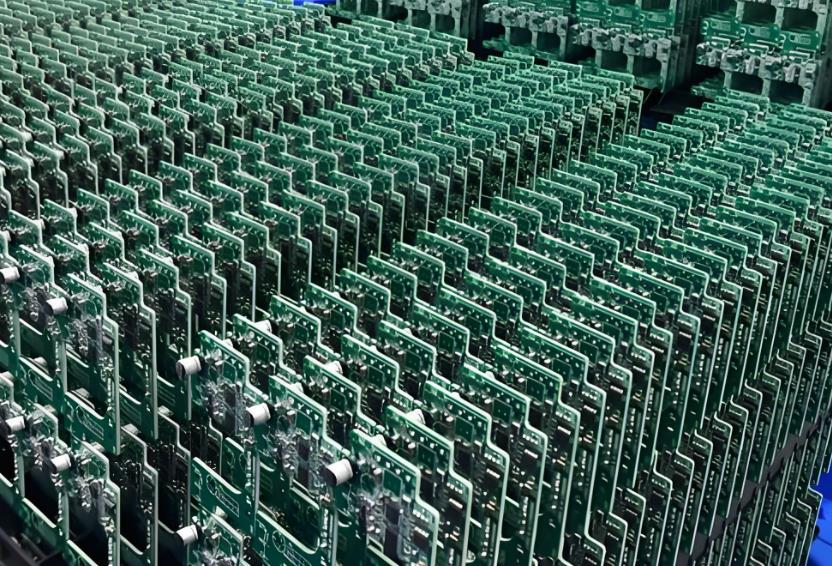
What is SMT?
SMT stands for Surface-Mount Technology, which is the process of attaching SMD components onto the surface of a PCB. SMT involves automated machinery, such as pick-and-place machines, which precisely place components onto the board before they are soldered in place. SMT has revolutionized the electronics industry by allowing for faster production speeds, higher component densities, and more reliable assemblies.
Advantages of SMT:
· Efficiency: SMT allows for high-speed assembly, enabling manufacturers to produce large quantities of PCBs in less time compared to traditional through-hole methods.
· Automation: The process is largely automated, reducing the potential for human error and increasing the precision and consistency of each PCB assembly.
· Flexibility: SMT can accommodate a wide variety of components, including very small, fine-pitch devices that would be difficult or impossible to assemble using traditional methods.
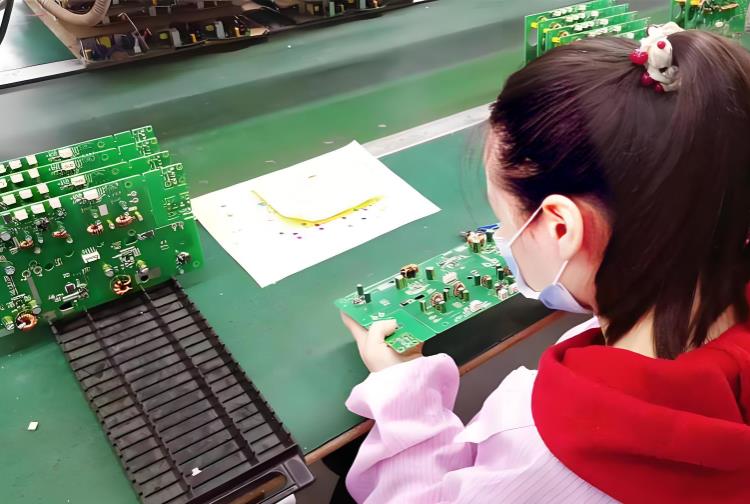
SMD vs SMT: The Key Differences
While SMD and SMT are closely related, they are not the same:
· SMD refers to the components themselves. These are designed to be mounted directly onto the surface of the PCB.
· SMT refers to the process of placing these SMD components onto the PCB surface.
In simpler terms, SMD is the “what” (the components), and SMT is the “how” (the process). Both play an integral role in modern electronics assembly, with SMDs enabling smaller, more powerful devices and SMT providing the efficient, automated process to assemble them.
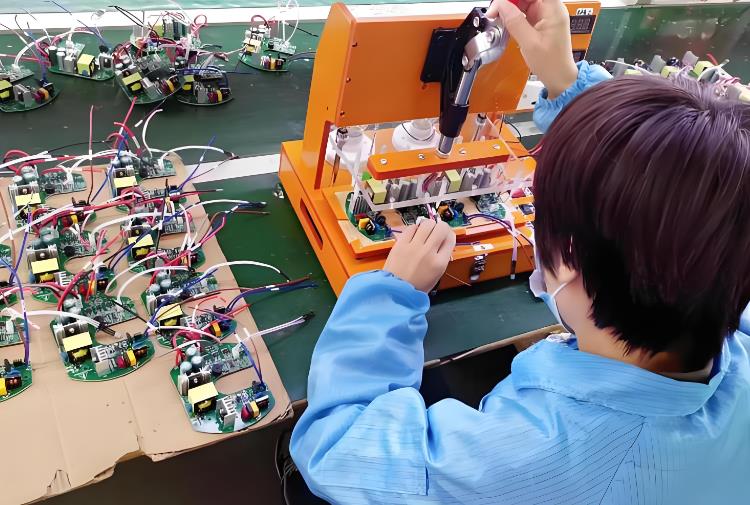
Why Does It Matter?
Understanding the distinction between SMD and SMT is important for manufacturers and engineers, as it impacts everything from the design of the PCB to the production process and cost. By using SMD components and SMT, manufacturers can produce high-quality, compact, and cost-effective electronic devices at a faster rate, ensuring they stay competitive in the fast-moving electronics market.
Tags: PCBA /PCB /SMT /SMD /Electronics Assembly /
Prev: The Advantages of Wave Soldering: Precision and Efficiency in PCB Assembly
Next: Wave Soldering vs. Reflow Soldering: Choosing the Right Method for Your PCB Assembly


